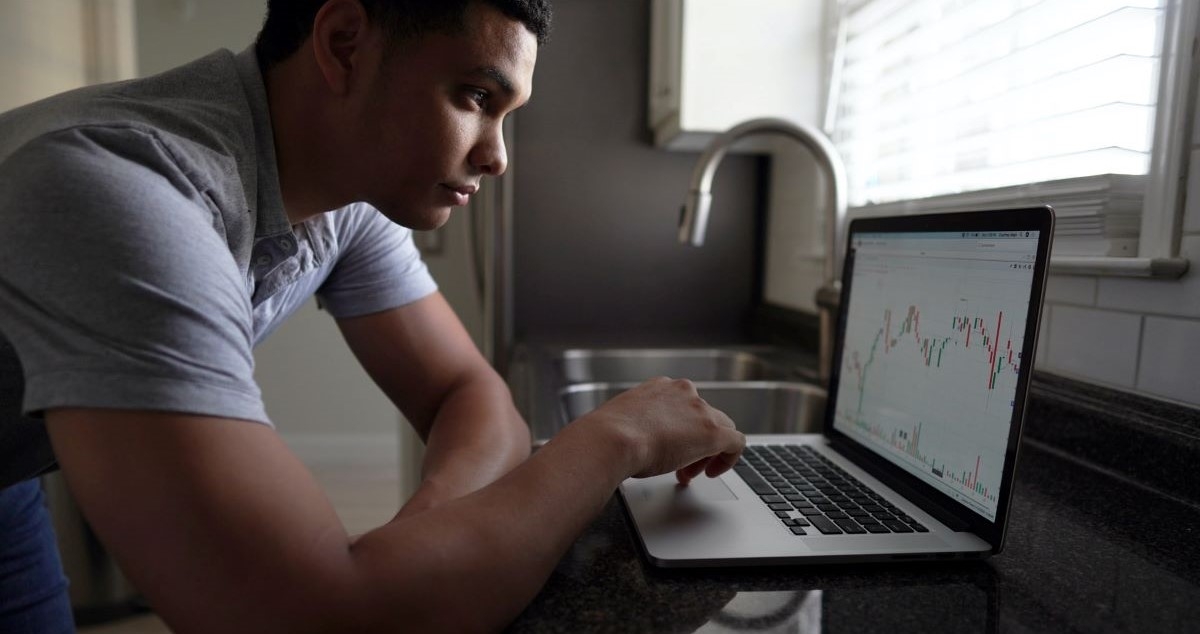
Most popular ways to trade the stock market
Are you interested in investing in the stock market? Many people all over the world are looking to take advantage of what could be a global recovery in the wake of the COVID meltdown. It's a fact that many corporations lost huge amounts of capital during the past year. But, now that vaccines are available, infection rates are going down, and national economies are starting to recover, 2021 could be an excellent time to get involved in the securities markets.
The good news is that it's easier than ever to open an account and begin buying and selling shares in the companies, funds, and indices that interest you most. However, some newcomers are perplexed by the sheer number of choices. For instance, you can get involved by purchasing shares of a company, CFDs (contracts-for-difference), index funds, ETFs (exchange traded funds), DRIPS (dividend reinvestment programs), and more.
Keep in mind that some methods are easier than others, some cost more than others, and some are obviously better for newcomers. In general, CFDs are perhaps the simplest and least costly of all the options. Anyone can open an account in a matter of minutes with a firm like AvaTrade Canada, for example, and start trading instantly. Here's a quick overview of the various ways you can acquire interest in corporations, trade their stock, or just profit from the rises and falls in the price of their shares.
Corporate Shares
The most common and traditional way of taking part in the markets is through full ownership of corporate shares. The pros are that you actually own a piece of the organization and can profit if the value increases. The cons are that the entry price is often quite high. A single unit of a large corporation can be prohibitively costly for an average investor. Direct ownership like this does not allow for much diversification. You're essentially tied to the ups and downs of the company itself. Few people can afford to acquire enough stock from a variety of companies, which puts them at risk of major losses if their favorite firms have a bad year or quarter. Plus, some of the larger blue-chip firms often experience price stagnation, seldom rising or falling in value for years at a time.
CFDs
Contracts for difference have unique advantages. First, you need not buy the underlying asset they represent, whether it's stocks, bonds, currency, or precious metals. In fact, you're purchasing a contract and making a prediction about price direction. Second, CFDs typically cost just a fraction of corporate shares, making them an ideal way for newcomers and people with limited trading capital to participate in the international securities markets.
Through Your Bank
Most major banks and credit unions offer their customers fixed-fee or no-fee stock purchase plans. Some are better than others. While most don't cost you much if you're a regular customer, the choices of which securities you can purchase are quite limited. For instance, you typically can't acquire low-cost shares, options, or futures through your banking institution. Another downside of using a bank as a broker is that transaction speeds are often slow, selection of securities is poor, and there's often no one to answer your questions about markets, orders, and other brokerage-related topics. Banks are great at offering banking services, but not so good at being brokers.
Apps
You've probably heard of apps like Robinhood and dozens of others. For the most part, they let you sign up and begin trading rather quickly. For people who want to just make one or two purchases, every now and then, apps can be a good way to go. But they have a downside if you use them as your stand-alone source for trading. Unless the app you use is routed through a reputable broker, chances are that you don't even know who is behind it. Ask some people who their broker is and they'll say they use the XYZ app because they have no idea which brokerage platform is hosting their application and supporting their trade activity. That's not a smart way to invest.
DRIPS
DRIPS are dividend-reinvestment programs set up by companies for the purpose of getting direct income from interested parties. They are one of the few ways to own shares without having to go through a third party, like a bank or a licensed dealer/broker. You can find a list of DRIPS online and sign up by placing an initial order. It's possible in most DRIPS to buy fractional shares. Any dividends, as the name implies, are automatically reinvested in your account.
Photo: MayoFi, Unsplash









